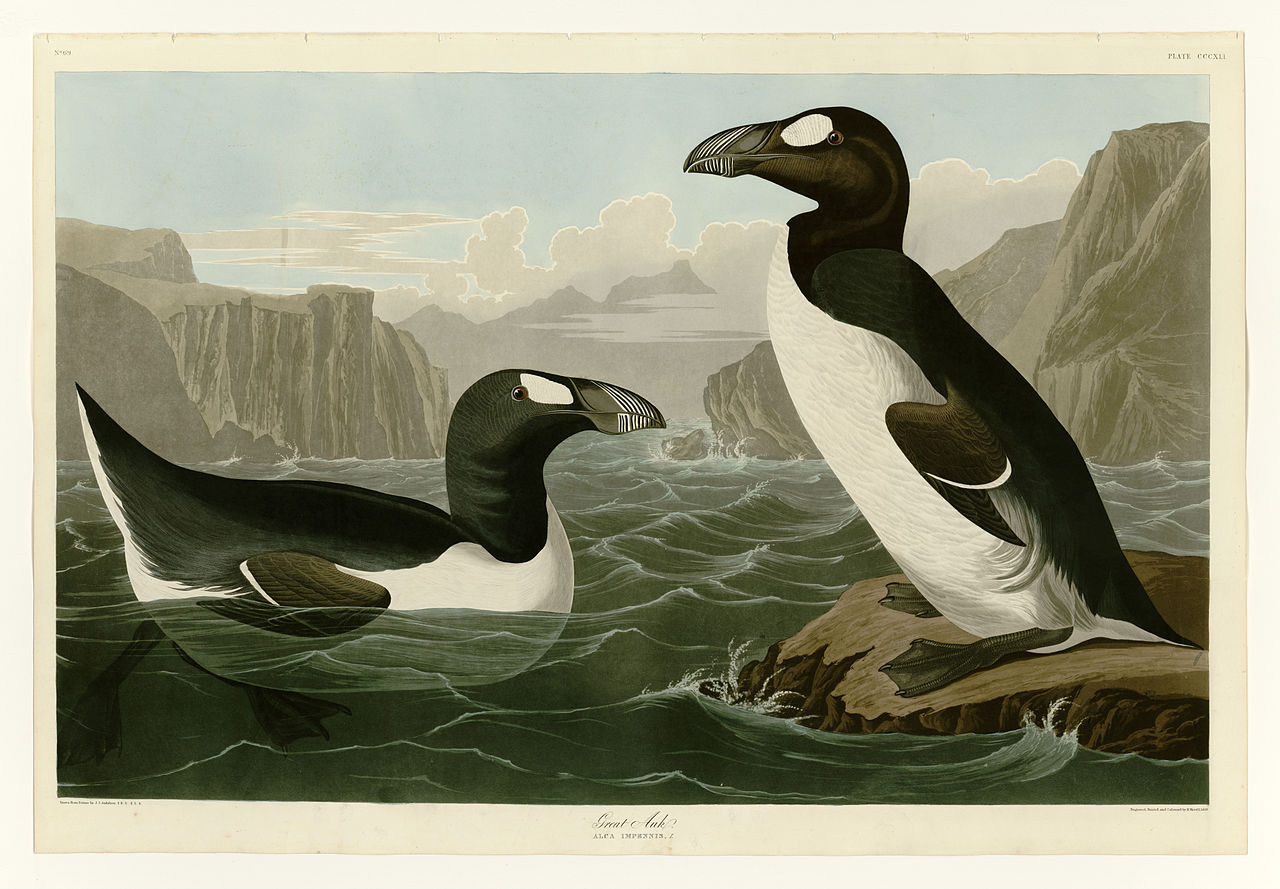The color schemes are terrible, especially for the top two maps. The upper and lower ends of the range (dark red and dark green) are just about the worst possible choice for colorblind folks (1 person in 20!). Even ignoring that, the lightest colors are midpoints in a sequential dataset, giving the false impression of a center point from which the data diverge. This doesn’t make sense for total population, the range for which is open only at one end (minimum of zero). You could make the argument about diverging from some measure of center, but that is not indicated anywhere. A diverging color scheme would be appropriate for the third map (change in population diverges up or down from 0, or could diverge around the global change), but there again the lightest color is arbitrarily located halfway up the range.
Here are some good examples for sequential and diverging color schemes: https://personal.sron.nl/~pault/#fig:scheme_sunset
Any map like this greatly overemphasises high latitude countries with a large surface area. For example, the population of Russia is now less than that of Bangladesh, which is hardly visible. It would be better to either show a distorted map with area proportional to population, or use population density for the colourscale, or use spots (to show where people really live, not in deserts or tundra). At minimum, choose an equal area-projection.
People really are too comfortable with this awful projection. I’m hoping more US states follow Massachusetts and use projections like Gall-Peters in school.

For those wondering
I like this one better:

There is a lot to choose from: https://en.wikipedia.org/wiki/Equal-area_projection#List_of_equal-area_projections
By far the most interesting place on this map is French Guiana. I think I saw a story about what’s going on there but I can’t remember it now. I’m guessing it’s a beloved destination of local migrants?


